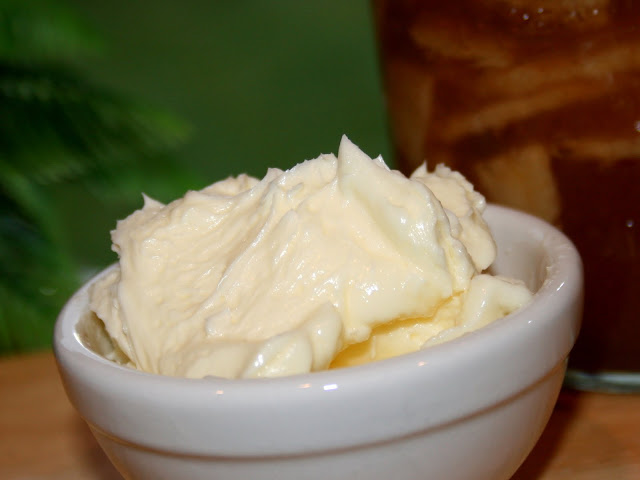I'm a teacher's aide for 4th and 5th grade at The Village Charter School in Boise, Idaho, and a 4.0 student working on my Bachelor's degree in Child Development at Ashford University.
Friday, August 6, 2010
Lemon-Filled Ginger Scones
I want to share a new scone technique that I recently tried. Most scones I've made are dropped by spoonfuls into a small mound, like a biscuit, or they're patted into one (or two) large, semi-flat rounds that are then cut into triangles before baking. The triangular scones were my preferred method until I tried these delicious Lemon-Filled Ginger Scones found in the Breast Wishes cookbook; the third in a series of cookbooks published to raise money for breast cancer patients. While making about six different scone recipes in a matter of days, I realized that I'm partial to the scones made with buttermilk.
Contrary to what its name implies, there is no butter (or fat) in buttermilk. It's ideal in baking because it acts very much like whole milk in pancakes, muffins and scones. The flavor it lends to your baked goods is richer and it provides a softer, fuller-bodied texture. I recently made homemade butter. A crazy idea, I know, but it was too intriguing not to try it. I've always envisioned old fashioned butter churns, which were as tall as a third grader, with a wearied farmer's wife methodically pushing the paddle around until the butter is made. I gave absolutely no thought to what was IN the churn, however, until now.
I put one cup of fresh, heavy cream and about 1/4 teaspoon of sea salt into a sterilized pint size canning jar. The rest is easy... or so I thought. Simply cap off the jar and shake it until the cream turns to butter. Shaking the liquid did start out easy but was killing me at about four minutes. At that time it had magically thickened up to where I couldn't hear it moving in the jar anymore. I peeked under the lid and literally saw whipped cream! It was so thick now and my arms were really getting tired so I tried passing it off on my ultra-lazy teen, who was still in bed at half past noon. But he claimed he was too tired to shake for even a minute. So I continued shaking it myself and within just another 30 seconds it sounded like liquid again! Sure I'd ruined it when I had stopped shaking to pass it off, I looked through the side of the jar and was shocked to see a big lump of fluffy butter just floating in buttermilk. What an amazingly simple process! I separated the buttermilk from the butter. The butter was outstanding and it worked just like butter from the store. It hardened in the fridge and softened when left out.
I've often substituted a combination of milk and vinegar for buttermilk in a recipe, but now I'm thrilled to have an even more authentic substitution. When I decided to make homemade butter it never occurred to me that the bonus would be fresh buttermilk. But I wasted no time testing it out in my new favorite scone recipe!
Lemon-Filled Ginger Scones
2 cups flour
1/4 cup sugar
1 Tablespoon baking powder
1/3 cup butter
2/3 cup buttermilk
1 Tablespoon fresh ginger, grated
1/3 cup lemon curd
Sugar, to sprinkle before baking
Mix flour, sugar and baking powder. Cut in butter with pastry blender or two butter knives, and then stir in the buttermilk and ginger. Form into a ball and divide in two, so that one half is just slightly larger than the other. Line a pie plate (or cookie sheet) with greased foil. Place the larger half of the dough on foil and pat into an 8 inch circle. Spread with lemon curd, and then pat out the other half of the dough into a 7 inch circle. Lay it over the lemon curd and fold up the edges of the bottom dough, sealing the seam as best you can. Sprinkle a bit of sugar (I like a lot) over the top. Bake at 400 degrees for 20-25 minutes, cool slightly, cut into pizza slices and serve. Serves 8
Subscribe to:
Post Comments (Atom)





Great photos of those scones!
ReplyDeleteNice to see you back in Blogland! How are you adjusting to Food.com?
Rita